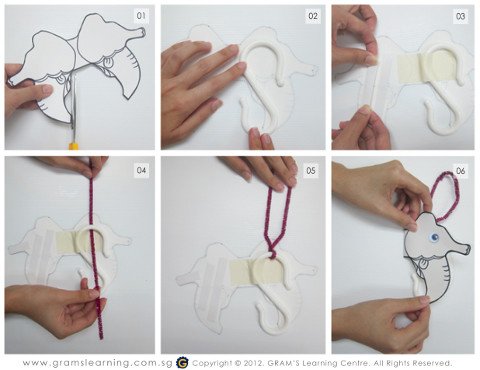The world of homeschooling is vast and can easily overwhelm a new parent. We narrowed down some of the popular homeschool methods and curriculums.

6 Different Methods of Homeschooling
1. Classical education is based on the understanding that there are three age-based phases of learning – concrete (preschool-12), analytical (13-14), abstract (15 & older). It tends to be language-focused and literature-intensive, and oriented around the training of the mind.
2. The Traditional method is what often comes to mind when people think of homeschooling. Basically, you ‘import’ a traditional or official school curriculum into your home setting. The homeschool schedule and syllabus is as structured it would be in a formal classroom.
3. The Eclectic, or ‘relaxed’ approach is very popular as parents get to pick and choose elements from various methods and preset curriculums to produce their own unique syllabus. More a style rather than a curriculum, it enables homeschooling families to cater to different children at different ages in a unified way.
4. Montessori, Waldorf and Reggio Emilia are educational philosophies most well-known as formal preschool methods. But these child-centred, developmentally-attuned approaches appeal to homeschoolers who naturally share the same outlook on children. Their principles can be incorporated into a homeschooling plan for primary and even secondary level.
5. Unschooling, sometimes called ‘natural learning’, is an unstructured approach rooted in the belief that all children learn intuitively and continually, and therefore can be trusted to direct their own schooling. Learning is integrated with living, and the choice of subjects are shaped naturally by the child’s interests. The parent’s role is to support those pursuits by providing the appropriate resources, opportunities and guidance where needed.
6. Unit Study isn’t actually a curriculum, but a way of exploring and learning a subject through multi-sensory activities and experiences. It contrasts with textbook-oriented ‘armchair’ learning, although unit studies may include a great deal of reading. Field trips, art activities, real life experiences, hands-on projects, and even thematic play are just some of the elements often used. It’s a strategy that works well for involving several children of different ages at the same time.

Homeschooling Curriculums
Some popular packaged or all-in-one curriculums you may want to consider are:
- Oak Meadow – A comprehensive experiential curriculum with the option of distance learning
- ACE – A complete curriculum based in a Christian worldview that aims to develop knowledge, understanding and wisdom
- Math U See – A system for teaching mathematics using manipulatives
- Five in a Row – A book-based curriculum that uses quality literature to teach a full range of subjects
- Classical Conversations – A Christian, community-based curriculum that follows the Classical Education framework
Always keep in mind, there are no perfect methods or curriculums, because people, parents and children, are so varied and unique in their needs and interests. It usually takes some trial and error before you find a curriculum or approach that works well for you and your child.
Remember you’re on a learning journey, too! There is no school or university degree on homeschooling – it’s all on-the-job training!
Don’t be afraid to try, and fail at, many different things. It takes time and experience to develop your own style, figure out what approach works for you, and to become fluent in a particular method, should you choose to use one.
By Sara Rognstad
Homeschool Series:
Part 1: Should You Homeschool In Singapore?
Part 2: Homeschooling In Singapore
Part 3: Is Homeschooling For You And Your Child?
Part 4: The Pros And Cons Of Homeschooling
Part 5: Resources For Homeschool Parents
Part 6: Useful Tips For The New Homeschooling Mum
Part 8: Why Do Parents Homeschool
Part 9: Homeschooling Mums In Singapore
Part 10: Important Homeschooling Principles To Note
Part 11: How to Apply For MOE Approval
If you find this article useful, do click Like and Share at the bottom of the post, thank you.
Want more comprehensive info? Check out our e-guides here.


























































Leave a Comment: